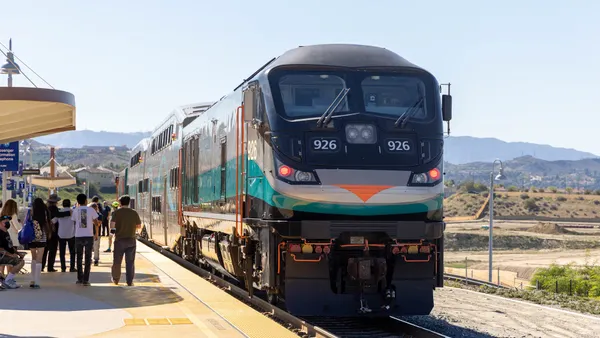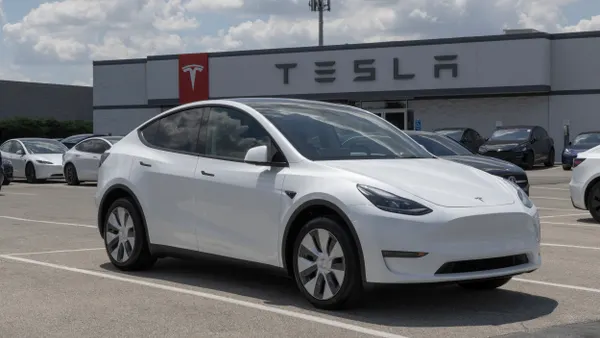Dive Brief:
- Users of the Transit app can now plan trips without a data or Wi-Fi connection, the company announced Monday.
- While real-time information will not be available without an internet connection, the offline trip planning tool uses compressed data on fixed transit schedules and walking and biking. Transit officials said they are the first app to offer offline trip planning.
- “Whether you're underground with a wonky cell connection between train stations, or even if you're traveling without a SIM card, or trying to conserve data, or don't have a data plan at all, the app should be available to you 100% of the time," Transit spokesman Stephen Miller told Smart Cities Dive in an interview.
Dive Insight:
Transit had been trialing this new trip-planning feature for about a month with 25% of its users, the company’s chief technology officer Guillaume Campagna told Smart Cities Dive in an interview. He said the point of that trial period was to get people to use the new features “without realizing it,” and it seems to have been successful in showing the app’s trip-planning features will continue to work regardless of an internet connection. "The point is, it's completely seamless. You won't see any difference," he said.
To achieve offline trip-planning, Transit’s engineers and technologists compressed data on schedules and walking and biking routes, which is downloaded and cached automatically from the cloud. And while the amount of data available for the 175 cities worldwide that Transit operates in is enormous, the app only downloads information for the city a user is in and the immediate surrounding area.
Increasingly, transit and ride-hailing apps are looking to become one-stop shops for users, and this technological advance could position Transit to keep hold of customers even where their phone signal is spotty. With the likes of Uber and Lyft adding transit information to their existing ride-hailing and bike- and scooter-sharing services, app companies’ efforts to become even more attractive to potential users are intensifying.











